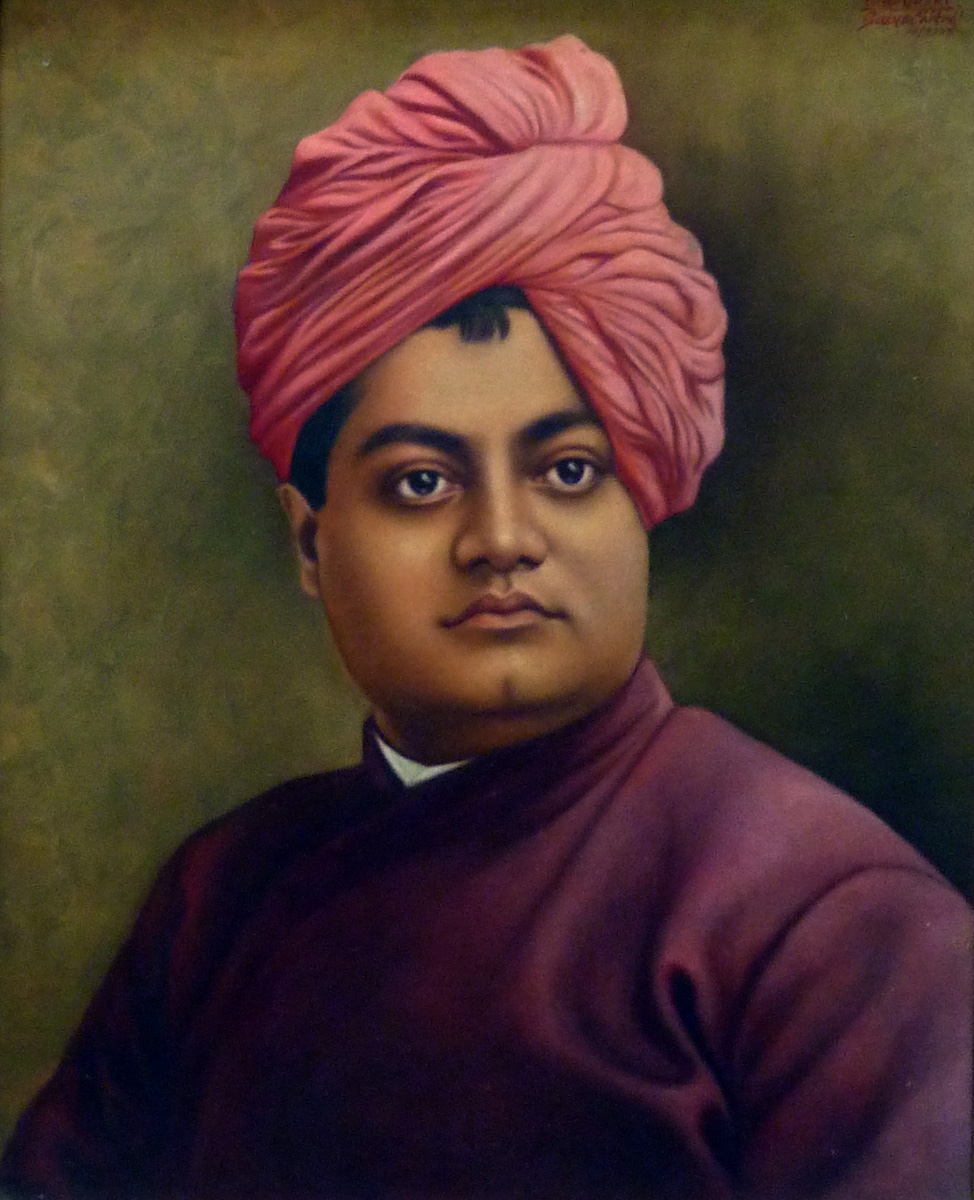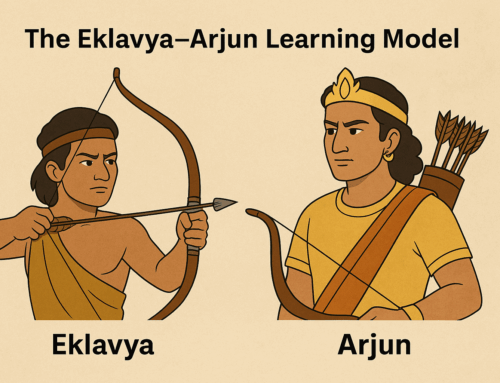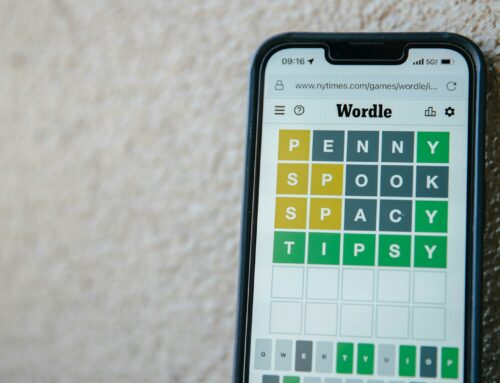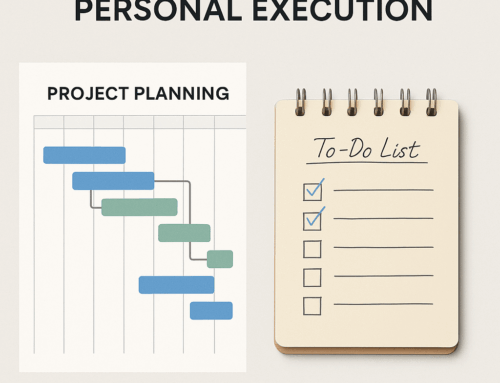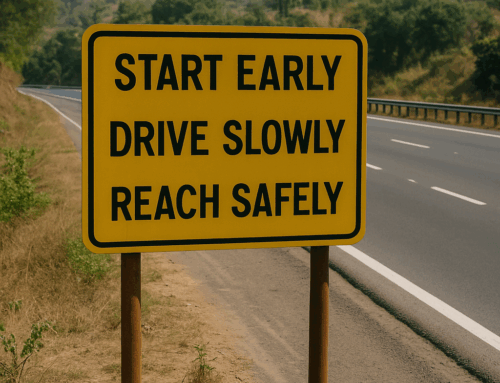“If I had to do my education over again, and had any voice in the matter, I would not study facts at all. I would develop the power of concentration and detachment, and then with a perfect instrument I could collect facts at will.”
— Swami Vivekananda
Swami Vivekananda was emphasizing the importance of learning how to concentrate — a foundational ability that should be developed before diving into the pursuit of knowledge.
Inspired by that thought, I’d like to propose something similar:
Learn time management before you take on high-stakes, high-impact responsibilities. Before you lock horns with towering demands, equip yourself with the ability to manage your time, tasks, and energy well.
At some point in most careers, the demands start piling up. You’re doing more, achieving more, and being pulled in multiple directions. But quietly, something begins to give:
- Work responsibilities multiply
- Family and personal obligations intensify
- Your own health takes a backseat
- Time feels scarce, and balance slips away
And yet, amidst this growing complexity, we rarely pause to ask:
Do I have the system in place to carry this load?
Despite how essential time management is, it’s rarely treated as a core skill in formal education or professional training.
We’re trained in tools, platforms, domain knowledge, and even communication — but rarely in how to manage our time, attention, and energy effectively. This leaves many professionals to figure it out through trial and error — often after they’ve already hit overwhelm.
We often think of time management as a way to fit more into each day — to be faster, more efficient, more productive. But in truth, it’s about creating a system that clears mental space. A system that helps you organize. At first glance, being organized and managing time might seem like two separate skills. But at a deeper level, they are tightly connected.
Time is a limited resource — we all know that. And if we fail to use it judiciously, we risk disappointing our stakeholders, our teams, and ourselves. But here’s the catch: you can’t use time wisely unless you have a clear view of everything you’re expected to do.
That clear view — or inventory of commitments — is what being organized gives you. It includes both the work itself and the material needed to do it well.
Once you’ve organized these two core elements — your tasks and your material — you finally have a fair shot at making the best use of your time. Only then can you be truly productive and reduce the hidden stress that comes from chasing tasks in the dark.
But what exactly does “being organized” mean in practice?
It goes far beyond clearing your desk or sorting your inbox. It’s about bringing structure to the full range of things that pull on your attention — from daily to-dos to long-term goals, from digital files to mental clutter.
Here’s a comprehensive look at what can (and should) be organized:
🧩 What Can (and Should) Be Organized
🎯 Immediate Priorities (Present Focused)
- Daily to-dos
- Weekly and monthly planning
- Routines (daily, weekly, monthly, yearly, occasional)
- Project-specific actions
- Delegated tasks
- Calendar management
- Social media presence/scheduling
- High-value networking
🧠 Thinking Space (Mental Clarity)
- Ideas and insights
- Mind maps and brainstorming
- Journal of work done (daily log or reflections)
- Back-burner items (not urgent, but important someday)
🎯 Near-Term & Life Goals
- Job-related commitments and deliverables
- Health goals and habits
- Financial management (family budgeting, investments)
- Home environment tasks and improvements
- Spiritual practices
- Recreation and leisure (active planning)
🚀 Long-Term Direction
- Emerging responsibilities at work
- Career transition milestones
- Major life transition milestones (parenthood, retirement, relocation)
💻 Digital Life & Devices
- File folders (local and cloud-based)
- Email inbox and folders
- Browser bookmarks and reading list
- App and document shortcuts
- Smartphone gallery (photos, videos, screenshots)
- E-books, audiobooks
- YouTube videos or playlists of interest
- Family media (archival photos and videos)
📚 Reference & Knowledge Base
- Resume and career documents
- Personalized how-to guides and checklists
- Notes and action items from books
- Course notes and learnings
- Login credentials and password manager
- Personal Knowledge Management (PKM) system
- Organizational Knowledge Management (OKM) resources
💬 Communication Infrastructure
- Meeting agendas and preparation
- Meeting minutes and discussion notes
- Email and message templates
- Follow-up trackers
🏡 Personal Life & Physical Environment
- Hobbies and creative projects
- Bills, subscriptions, and renewals
- Shopping lists, travel plans
- Health checkups and medical appointments
- Fitness routines and progress tracking
- Physical space: desk, drawers, wardrobe, bookshelf
- Mnemonics and memory aids
- Reading list and watchlist
- Alarm and reminder setup
You don’t have to organize all of this at once. Start with just one area that’s causing you the most friction or distraction. Because the goal isn’t perfection — it’s clarity, control, and calm. This kind of organization doesn’t just help you “get things done” — it helps you think clearly, act intentionally, and stay calm under pressure.
Subscribe to my newsletter, to get tips like this and more, directly in your inbox!


